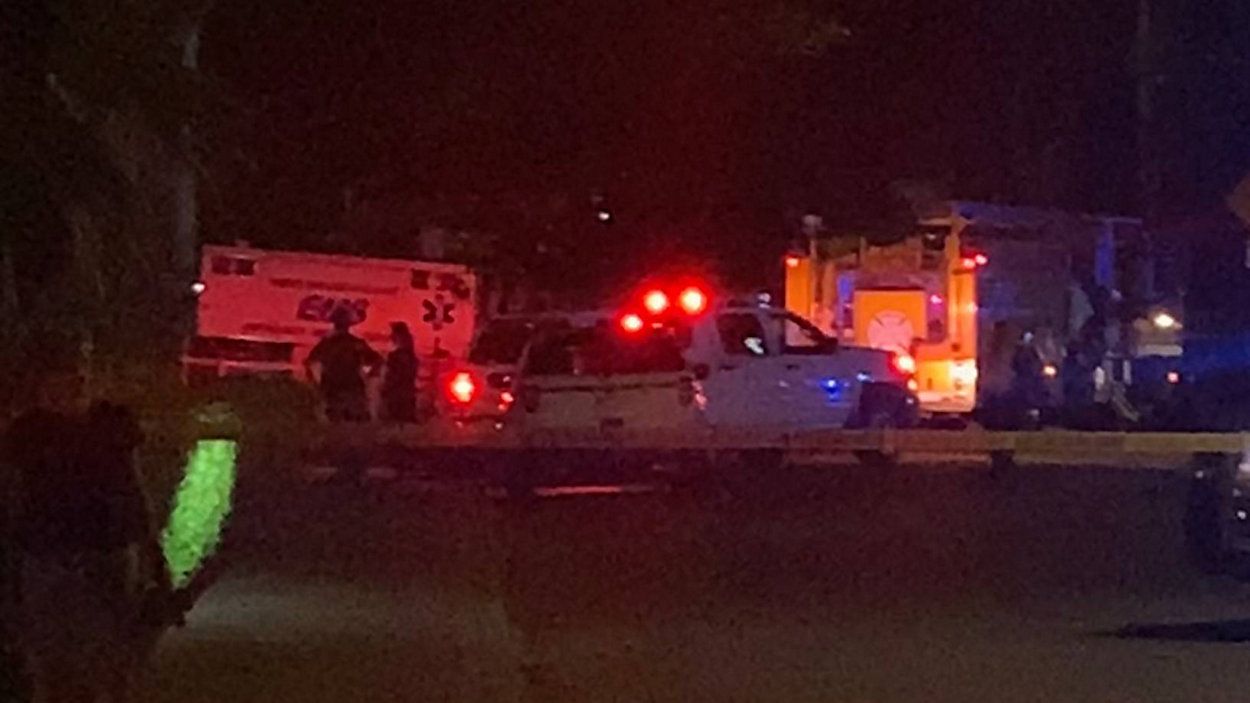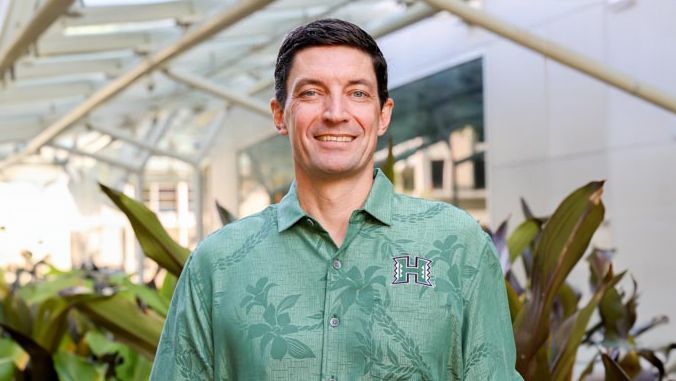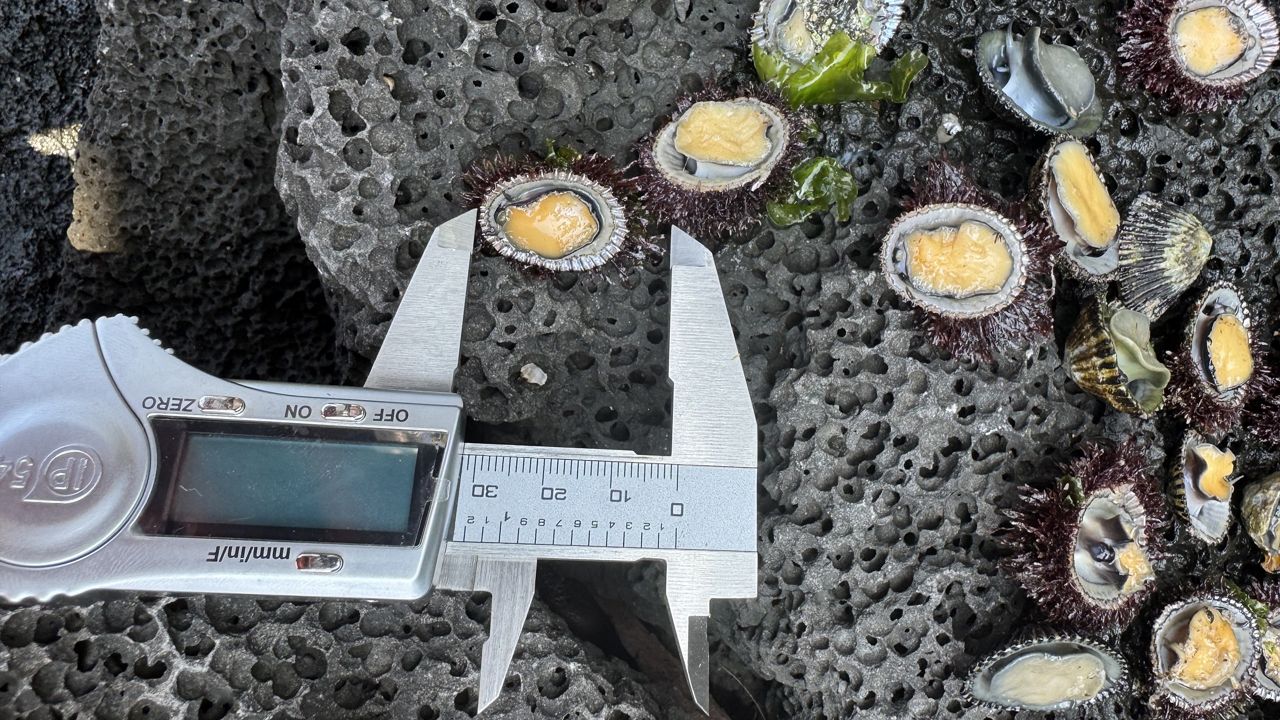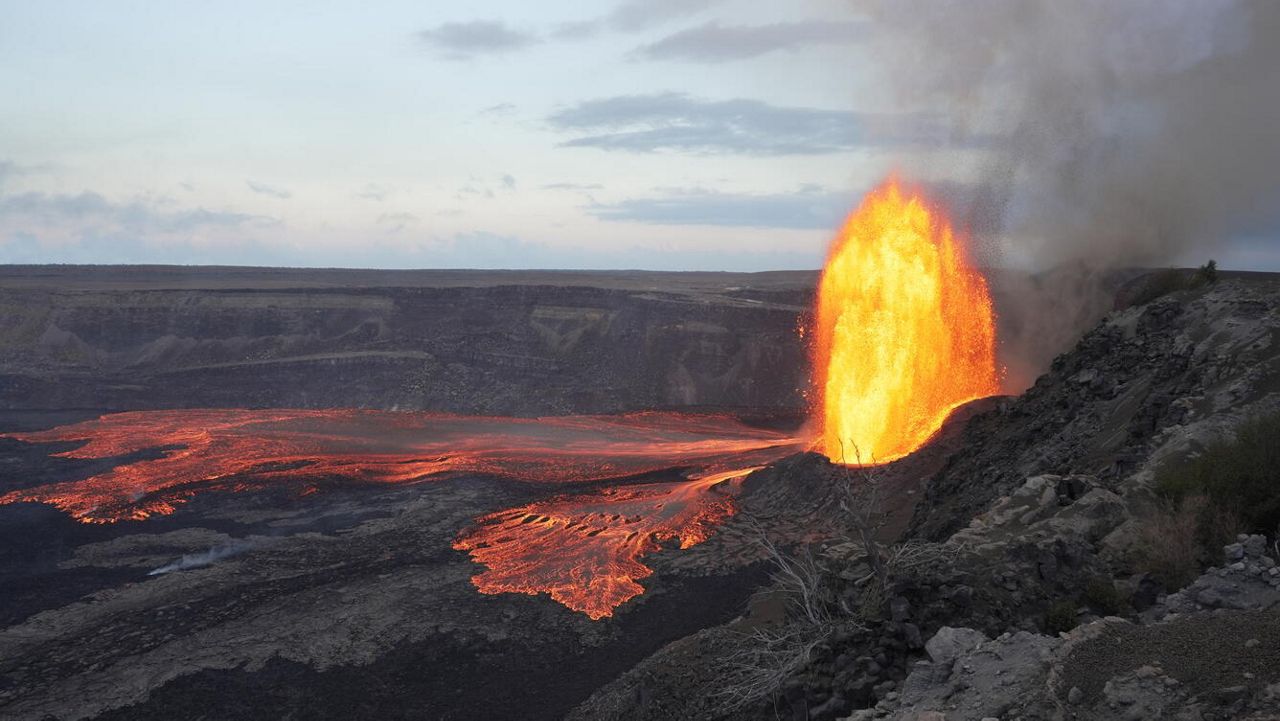HONOLULU — While a final investigative report into last month’s fatal ambulance fire is still months away, Honolulu Emergency Medical Services is already acting on preliminary findings by ordering new regulators for all portable oxygen tanks used by its paramedics in the field, EMS director Jim Ireland told the Honolulu City Council at a special public safety meeting earlier this week.
Ireland said the purchase was made out of an abundance of caution after a preliminary report on the incident indicated that the explosion and subsequent fire that killed 91-year-old patient Fred Kaneshiro and critically injured 36-year-old paramedic Jeff Wilkinson likely started with a portable oxygen regulator.
EMS ordered brass regulators, the same as it was already using, which are considered less susceptible to fire-related accidents than aluminum regulators.
As Ireland explained, Kaneshiro was given oxygen via a portable oxygen cylinder by paramedics at the scene of the call, a standard procedure. Upon transfer to the ambulance, EMS personnel switched from the portable device to a built-in oxygen system in the vehicle. As the ambulance was arriving at Adventist Health Castle Hospital, Kaneshiro was switched back from the ambulance system to a portable oxygen cylinder.
“That connection was made it and it was done,” Ireland said. “But at that moment, (Wilkinson) heard a pop and the person driving the ambulance heard the same sound and there was a bright flash of light and then he describes the entire ambulance being filled with smoke and fire essentially instantaneously.”
The Honolulu Fire Department and the Emergency Care Research Institute, a nonprofit health care safety organization with expertise in investigating medical fires retained by EMS to conduct an independent investigation, both came to initial determinations that oxygen regulator was the likely source.
Both are continuing to look into the what specifically triggered the explosion.
Ireland said the department is reviewing best practices and its own policies and procedures for the safe use of oxygen cylinders.
“This has already been taught,” Ireland said. “Everybody who comes through (Emergency Medical Technician) school learns how to utilize oxygen as a therapy, but we’re just reinforcing safety policies and procedures heading forward. We’re going to share notes with Ocean Safety and the fire department, because we all use portable oxygen cylinders. We want to make sure we’re on the same page for best practices to reduce the risk of it happening again.”
Three ambulances that were purchased the same time in 2016 as the one involved in the fire were taken out of service as precaution soon after the incident. All three were backup vehicles and were not actively used for day-to-day operations. Ireland said that if it can be determined as the investigation progresses that the ambulance was not the cause of the fire, the three vehicles will be returned to service.
Michael Tsai covers local and state politics for Spectrum News Hawaii.







